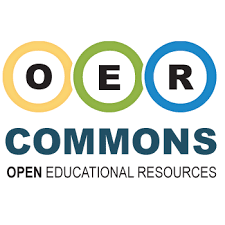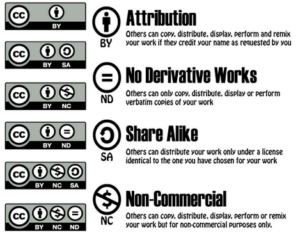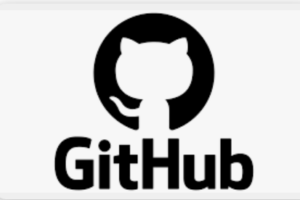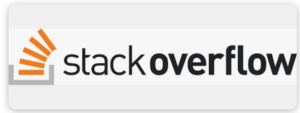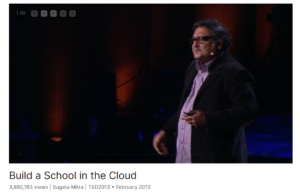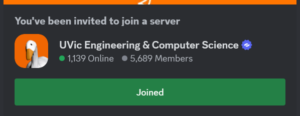The Role of AI and Emerging Technologies in Transforming Education
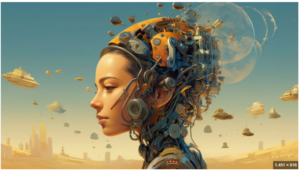
photo provided by V-Flat World
Hello everyone! It’s Andy, gearing up for our final blog post in this journey through EDCI 339. Today, we’re delving into how Artificial Intelligence (AI) and other emerging tech are reshaping the educational landscape. From predictive tools to ethical considerations, let’s explore what the future holds for us as learners and educators.
Predictive Technologies and AI in Education
AI is already making waves in classrooms, providing tools that tailor the learning experience. Predictive technologies use AI algorithms to identify patterns and predict student outcomes. For example, platforms like Coursera (an online learning platform offering courses, specializations, and degrees from universities and companies worldwide) and Duolingo (a language learning app that gamifies the process of mastering new languages) employ AI to customize learning paths for users based on their interactions with content.
One AI tool that caught my attention is the Intelligent Tutoring System (ITS). ITS utilizes AI to offer personalized feedback and guidance, mimicking one-on-one tutoring. This technology can adapt to various learning styles and paces, enhancing the educational journey. This YouTube video provides a great overview of Intelligent Tutoring Systems:
Benefits of AI in Education
AI in education offers numerous benefits, fundamentally altering how we teach and learn. One major advantage is personalized learning. AI can tailor education to fit students’ individual needs, preferences, and learning speeds, ensuring that no one gets left behind—a stark contrast to traditional methods that cater to the average learner.
Moreover, AI can automate administrative tasks, lightening educators’ workloads and allowing them to focus more on teaching itself. Grading systems powered by AI, for instance, can handle repetitive evaluation tasks, providing quick feedback to students. Additionally, AI helps create adaptive learning environments that respond in real-time to students’ performance, thereby facilitating a more engaging and immersive learning process.
Harvard Business Review published an insightful article titled [“The Business of Artificial Intelligence”](https://hbr.org/2018/06/augmented-intelligence-the-next-stage-in-ai), which explores these benefits in greater depth. The article asserts that AI stands as a pillar for productivity and efficiency within educational settings.
Challenges of AI in Education
Despite its promise, AI’s integration into education faces several hurdles. Cost is a significant barrier—schools might not have the financial resources needed to implement AI technology widely. There is also a skills gap, as educators require training to effectively employ AI tools.
Another challenge is the potential dependency on technology, which can dull critical thinking and problem-solving skills. To tackle these issues, investment in technology infrastructure and robust training programs for teachers are essential. Engaging stakeholders in dialogue about integrating AI effectively could also ensure smoother adoption.
Ethical Considerations of AI in Education
AI brings about ethical concerns, notably around data privacy, transparency, and bias. Sensitive student data needs stringent protection to prevent misuse. Transparency in AI algorithms ensures fairness, while biases must be addressed to prevent reinforcing stereotypes.
Educators need to prioritize these ethical concerns by adhering to strict data protection policies. Developing AI standards and regulations that emphasize transparency and fairness can help maintain ethical accountability in educational environments.
Benedict du Boulay discusses this topic thoroughly in the paper [“Artificial Intelligence in Education and Ethics.“](https://www.j-ets.net/ETS/journals/24_2/9.pdf). It outlines guidelines for maintaining ethical use of AI, which educators could follow to responsibly integrate AI technologies.
Future Directions in EdTech
Looking ahead, technologies beyond AI are set to impact education significantly. Virtual Reality (VR) and Augmented Reality (AR) are prime examples—VR immerses users in a fully digital environment, while AR overlays digital information in the real world. These technologies offer immersive learning experiences, enabling students to explore content in a more interactive manner, which static textbooks can’t always achieve.

photo provided by Vation Ventures
Over the next decade, I can see these technologies enhancing engagement, improving educational access, and empowering educators with better tools. Their synergy with AI could herald new methodologies in teaching and learning, making education more adaptive and inclusive.
AI and emerging technologies hold immense potential for transforming the educational ecosystem. With careful integration and a steadfast commitment to ethical practices, we can harness these tools to enrich learning experiences and educational opportunities for everyone.
Thanks for accompanying me on this exploration through educational tech in our EDCI 339 course!


